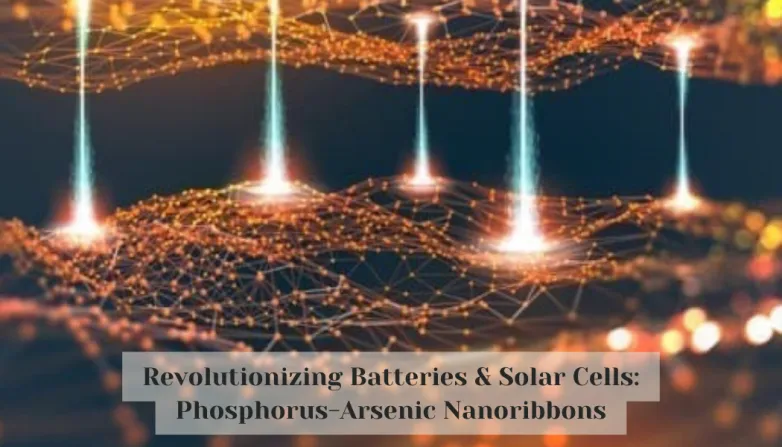Revolutionizing Batteries & Solar Cells: Phosphorus-Arsenic Nanoribbons
- Discover the latest breakthrough material developed by researchers at University College London - a phosphorus-arsenic nanoribbon. With potential applications in quantum computing, batteries, supercapacitors, solar cells and more, this revolutionary technology could revolutionize energy storage and electrical efficiency.

Researchers at University College London have recently developed an alloyed phosphorus-arsenic nanoribbon material that is able to conduct electricity efficiently even at extremely low temperatures. This breakthrough material has the potential to be used for applications such as quantum computing, batteries, supercapacitors, solar cells, and near-infrared detectors. The nanoribbons are created by mixing crystals composed of phosphorus and arsenic with lithium dissolved in liquid ammonia, and then replacing the ammonia with an organic solvent. As the nanoribbons contain no carbon fillers, they have the potential to significantly increase energy storage capacity in batteries and supercapacitors, and enhance the efficiency of solar cells. The high “hole mobility” of the nanoribbons also means that electrical current moves more efficiently, making them suitable for a wide range of applications. The nanoribbons could be produced at scale, making them an affordable option for many industries. It is anticipated that further alloying with elements such as selenium and germanium can open up even more potential uses for the technology.
What Potential Applications Does the Phosphorus-Arsenic Nanoribbon Material Have?
Potential Applications of Phosphorus-Arsenic Nanoribbon Material Include:
- Quantum computing
- Batteries
- Supercapacitors
- Solar cells
- Near-infrared detectors
- Enhanced energy storage capacity in batteries and supercapacitors
- Increased efficiency of solar cells
- Increased electrical current mobility
- Production at scale for affordability for many industries
- Alloying with elements such as selenium and germanium for further potential uses
Also read

